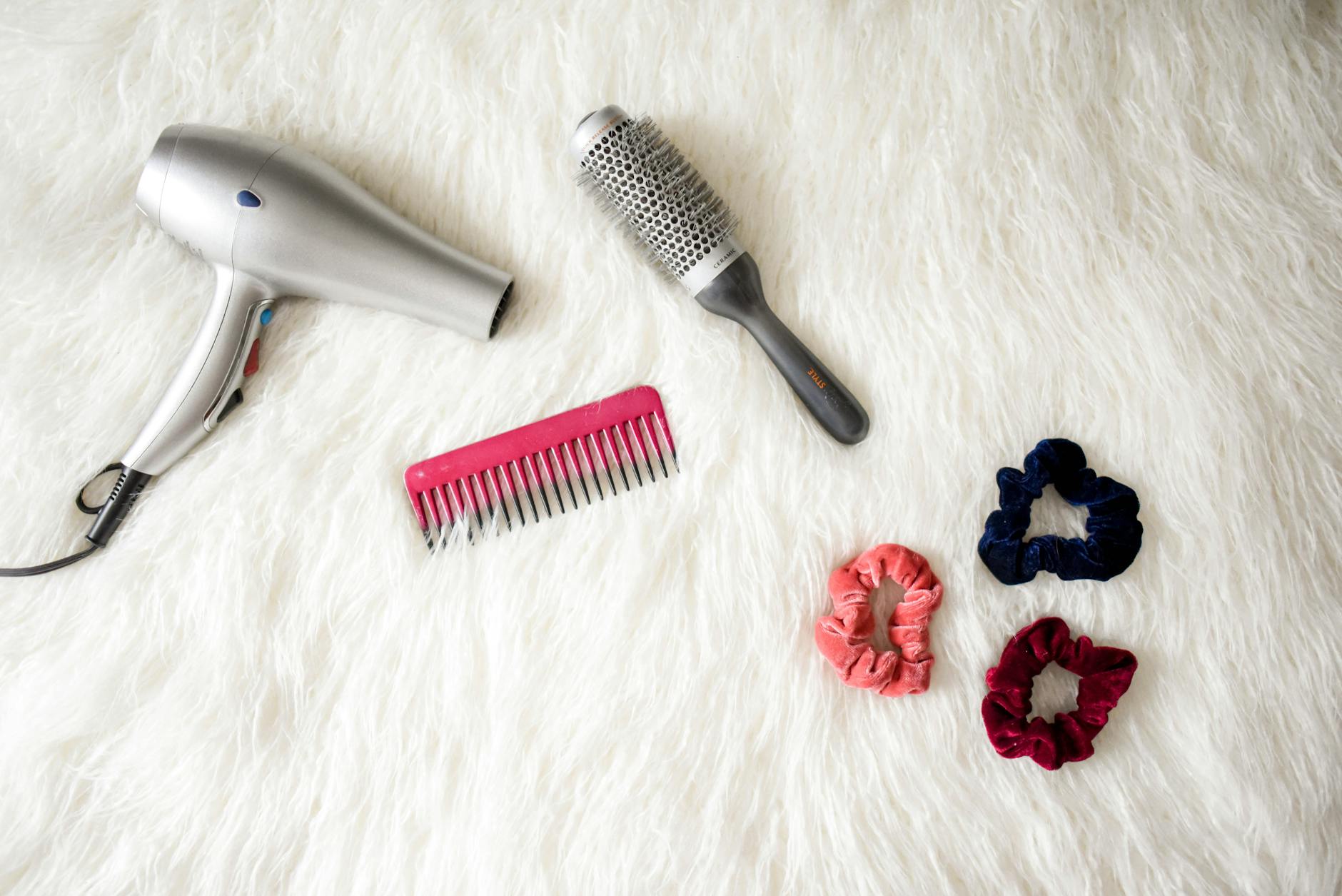Unlock the secrets to flawless braids! Discover expert tips and techniques for picture-perfect plaits like never before.

Image courtesy of Element5 Digital via Pexels
Table of Contents
Introduction:
Welcome to “The Ultimate Guide to Achieving Perfect Braids: Tips and Techniques.” Braids have been a timeless hairstyle choice for thousands of years, and they continue to be a popular and stylish option today. Whether you’re looking to rock a chic boho look or simply want a convenient and low-maintenance hairstyle, braids offer endless possibilities. In this comprehensive guide, we will explore different types of braids, styling techniques, and tips to ensure your braids are flawless every time.
I. Types of Braids
When it comes to braids, the options are vast. Here are some of the most popular types of braids you can try:
1. Classic Three-Strand Braid: This is the most basic type of braid, created by intertwining three sections of hair alternately.
2. French Braid: This style starts at the hairline and incorporates additional sections as you braid, resulting in a sleek and elegant look.
3. Dutch Braid: Similar to a French braid, but with the strands crossing under instead of over, creating a textured and eye-catching effect.
4. Fishtail Braid: Achieved by weaving two sections of hair together, this braid creates a intricate and visually stunning pattern.
5. Box Braids: These braids consist of small, square-shaped sections, providing a versatile and long-lasting protective style for textured hair.
6. Cornrows: A timeless style that involves braiding the hair close to the scalp in precise rows, allowing for endless design possibilities.
II. Prep and Tools
Before starting your braiding journey, it’s essential to prepare your hair and gather the necessary tools. Follow these steps for optimal results:
1. Wash and condition your hair: Braiding on clean and conditioned hair ensures a smooth and tangle-free experience.
2. Detangle thoroughly: Use a wide-tooth comb or detangling brush to remove any knots or tangles, allowing for seamless braiding.
3. Section your hair: Depending on the braid type and desired style, divide your hair into neat sections, using clips or hair ties to keep them separated.
4. Gather the right tools: Stock up on essentials such as a fine-tooth comb, hair clips, elastic bands, bobby pins, and styling products like spray or gel for added hold.
III. Braiding Techniques
Proper braiding techniques play a crucial role in achieving the perfect braids. Here are some key tips to keep in mind:
1. Maintain even tension: Ensure that you apply consistent pressure to each section of hair as you braid, resulting in uniform and polished braids.
2. Take small and equal sections: For intricate braids, take smaller sections of hair, ensuring that they are all of similar thickness, allowing for a neat and balanced outcome.
3. Mindful crossing: When crossing strands over, pay attention to the direction in which you’re braiding. Consistency is key here, especially for French and Dutch braids.
4. Secure the ends: Use a small elastic band or wrap a small section of hair around the end to secure the braid, preventing it from unraveling throughout the day.
IV. Styling and Variations
Braids can be styled in various ways to suit different occasions. Here are some popular braided hairstyles:
1. Braided Updo: Gather your braids into a bun or twisted updo for an elegant and sophisticated look that’s perfect for special events.
2. Half-Up, Half-Down: Create a romantic and effortless style by leaving some braids loose while securing others in a half-up ponytail or bun.
3. Waterfall Braid: Add an element of whimsy to your braids by incorporating a cascading effect, allowing hair to flow freely for a dreamy look.
4. Crown Braid: Wrap a braided crown around the head for a regal and feminine style that can be dressed up or down.
V. Braided Hairstyles for Different Hair Types
Braids can be adapted to suit different hair types and textures. Follow these guidelines:
1. Fine hair: Add texture and volume by using dry shampoo or texturizing spray before braiding, and gently pull on sections to create an illusion of thicker hair.
2. Thick hair: Divide hair into smaller sections to make braiding more manageable, and use bobby pins to secure any loose strands.
3. Curly hair: Embrace your natural texture and create loose, romantic braids by loosely braiding damp hair, allowing it to air dry or using a diffuser to dry gently.
VI. Conclusion
Now that you’re armed with essential tips and techniques, it’s time to unleash your creativity and experiment with braided hairstyles. Whether you choose a classic or trendy braid, remember that practice makes perfect. With patience and dedication, you’ll soon master the art of braiding and achieve flawless results. So go ahead, embrace the versatility of braids, and rock your unique style with confidence.
Unlock your braiding potential with our latest tips and techniques!
Stay updated with our exclusive newsletter for more incredible hair tutorials and inspiration.
>